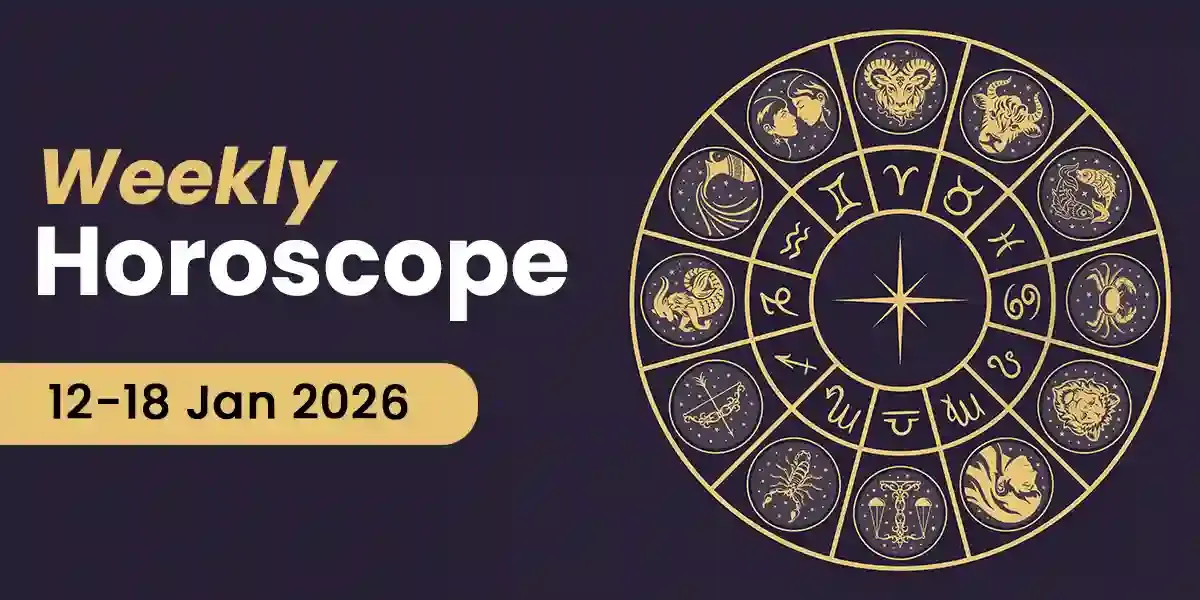
Each Tarot card carries a unique energy and message, and reversed tarot cards reveal a new layer of symbolism and interpretation unveils itself. Incorporating reversals in tarot card readings adds depth and nuance to the narrative, offering seekers a richer tapestry of insights. Let's embark on a journey into the enchanting world of tarot reversals and master the art of interpreting them with precision.
How Do Reverse Tarot Cards Work?
Shuffling Techniques for Reversals
a. Intentional Reversals:
Conscious Shuffling: Consciously shuffle with the intent of incorporating reversals.
Visual Inspection: During shuffling, pay attention to cards that naturally appear in reversed positions.
b. Splitting the Deck:
Two Piles Method: Split the deck into two piles after shuffling. One pile for upright cards, the other for reversals.
Merge with Intention: Reintegrate the piles with a clear intention of combining upright and reversed energies.
Meaningful Placement and Awareness
a. Consistent Approach:
Choose Your Style: Decide if you'll consistently read reversals or only interpret them in specific situations.
Personal Connection: Develop a personal connection with your deck's energies to enhance interpretation accuracy.
b. Reading Styles:
Elemental Approach: Associate reversed cards with the opposing element (e.g., Cups to Swords) for contrasting interpretations.
Opposite Energies: View reversals as a shift in energy, indicating a challenge or internalization of the card's essence.
Intuitive Insights and Reflection
a. Trust Your Intuition:
Gut Feelings: Pay attention to your immediate reactions when a card appears in reverse.
Intuitive Guidance: Trust your intuition to guide you in interpreting the nuanced message of reversed cards.
b. Journaling Practice:
Record Impressions: Maintain a tarot journal to document your interpretations of reversed cards.
Reflective Process: Regularly review and reflect on your reversed card interpretations to refine your understanding.
Elemental Associations for Reversals
a. Earth (Pentacles):
Material Challenges: Reversed Pentacles may signify financial or material challenges.
Blocked Energy: Assess areas where energy may be blocked or resources mismanaged.
b. Air (Swords):
Communication Barriers: Reversed Swords may indicate communication challenges.
Internal Conflict: Reflect on internal conflicts or mental hurdles.
c. Fire (Wands):
Lack of Direction: Reversed Wands could suggest a lack of direction or creative blockages.
Unleashing Energy: Consider ways to ignite and direct your creative fire.
d. Water (Cups):
Emotional Turmoil: Reversed Cups may point to emotional turmoil or unexpressed feelings.
Internal Healing: Focus on internal emotional healing and expression.
Visual Cues and Symbolism
a. Subtle Differences:
Symbolic Variations: Pay attention to subtle differences in the imagery of reversed cards.
Altered Perspectives: Interpret the altered perspective as a shift in the card's message.
b. Energy Flow:
Contrasting Energy Flow: Notice how the energy flow changes in reversed cards.
Blocked or Released: Determine if the energy is blocked or released in comparison to upright positions.
Spread Dynamics and Context
a. Spread Considerations:
Positional Significance: Consider the position of the reversed card within the spread.
Adjacent Influences: Analyze how adjacent cards may interact with the reversed card.
b. Contextual Relevance:
Question Reflection: Reflect on the seeker's question and how reversed cards relate to the inquiry.
Holistic Interpretation: Interpret reversed cards in the broader context of the entire reading.
Seeking Guidance from the Cards
a. Clarification Pulls:
Additional Cards: Pull additional cards to clarify the message of reversed cards.
Dialogue with the Deck: Engage in a conversational approach, seeking deeper insights from the cards.
Continuous Learning and Exploration
a. Study Symbolism:
Card Symbolism: Delve into the symbolism of each card, both upright and reversed.
Visual Memory: Enhance your visual memory to recognize subtle cues in reversed positions.
b. Tarot Communities:
Share Experiences: Engage with tarot communities to share and learn from others' experiences.
Collective Wisdom: Embrace the collective wisdom of the tarot community for nuanced interpretations.
Reversed cards are gateways to deeper revelations and insights. As you master the art of incorporating reversals, remember that the cards are partners in a dialogue, offering profound wisdom and guidance. We recommend having a brief session with an expert before trying this on your own.
Our in-house team of writers comprises of vibrant, like-minded, and curious souls who are passionate about helping people find joy and motivation through the magic of words. Our writers are keen on using their skills to make the study of divination sciences a guiding tool in people's lives. They hold expertise in writing on a myriad of topics related to Indian Astrology, Spirituality, Planetary Movements, Vastu Shastra, Numerology, and Tarot among several others. The Astroyogi team aims to write articles that can help the readers lead a life of peace and tranquility whilst enjoying the many ups and downs of life!


































